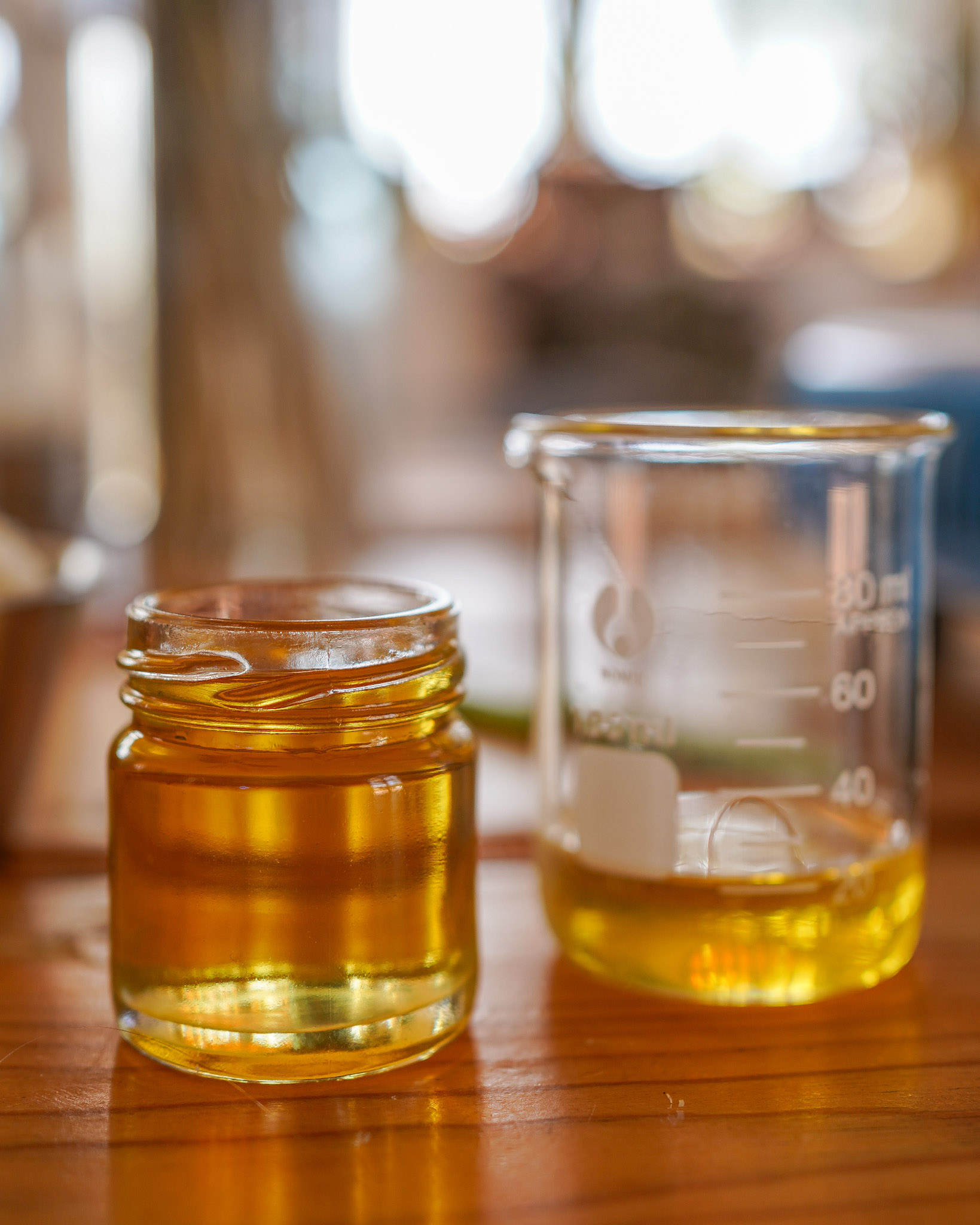
Karanja Oil (INCI: Pongamia Glabra Seed Oil or Pongamia Pinnata Seed Oil) is a lesser-known but highly valuable carrier oil in natural skincare and cosmetic formulations. It’s derived from the seeds of the Karanja tree, native to India and other parts of Asia, and is often used alongside neem oil for its therapeutic benefits.
Karanja oil contains a variety of bioactive compounds and fatty acids:
| Fatty Acid | Approx. Percentage | Function in Cosmetics |
|---|---|---|
| Oleic Acid (Omega-9) | 45–55% | Emollient, softening, nourishing |
| Linoleic Acid (Omega-6) | 15–20% | Barrier support, anti-inflammatory |
| Palmitic Acid | 10–15% | Occlusive, texture enhancer |
| Stearic Acid | 2–8% | Stabilizes emulsions, thickening |
| Behenic Acid | ~5% | Conditioning, adds richness |
🌿 Skin Benefits of Karanja Oil in Cosmetic Formulations
Cheers,
La Mayca x